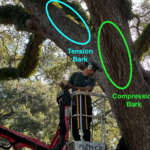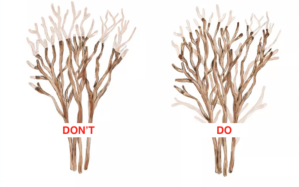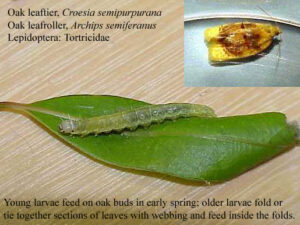Mastering The Art Of Palm Tree Pruning
Palm trees are nature’s embodiment of tropical beauty, and their graceful fronds can transform any landscape. Pruning palm trees is a crucial task, but it requires a delicate touch to ensure the tree’s health and aesthetics are preserved. In this article, we’ll explore the art of proper palm tree pruning while avoiding the pitfalls of over-pruning.
Why pruning matters
Pruning serves several purposes for palm trees. It enhances their appearance, removes dead or diseased fronds, and encourages healthy growth. However, over-pruning can rob the tree of its vitality and disrupt its natural balance. Striking the right balance is key to achieving optimal results.
When to prune
Timing matters in palm tree pruning. Aim to prune during the warmer months, like spring and early summer, when the tree is actively growing. Avoid pruning during colder months, as this can expose the tree to unnecessary stress.
Pruning with purpose
Identify Dead or Dying Fronds: Start by inspecting the tree for fronds that are completely brown, yellow, or dried up. These fronds no longer contribute to the tree’s health and can be safely removed.
Mindful of Green Fronds: Healthy, green fronds are the lifelines of palm trees. Avoid the temptation to remove too many green fronds, as this can weaken the tree. A general rule is to leave at least three healthy green fronds or one-third of the tree’s total frond count.
Manage Brown Tips: If your palm’s fronds have brown tips, it’s not always a sign of a problem. You can trim the brown tips without removing the entire frond, helping the tree conserve energy.
Mind the Flower Stalks: Some palm trees produce flower stalks that eventually become seeds. These stalks can be pruned after the flowers have withered. However, if you want to enjoy the spectacle of seeds dropping, consider leaving some stalks intact.
Tools and Technique:
Use sharp and clean pruning tools to make clean cuts. Avoid tearing or damaging the remaining fronds or trunk. Cut as close to the trunk as possible without harming it. Make sure to wear protective gear like gloves and eye protection.
Avoid Common Mistakes:
Over-Pruning: It’s important to avoid the practice of “hurricane pruning” or “hurricane cutting,” which involves removing nearly all fronds from your palms. While it might seem like a precaution, palm trees are actually naturally equipped to handle the strong winds of hurricanes without losing their fronds. Engaging in this type of pruning can lead to severe damage to your palm tree rather than protection.
Hurting the Growth Center: The growth center, also known as the bud or heart, is essential for the tree’s growth. Avoid cutting into this area, as it can cause irreversible damage.
Using Wound Sealants: Unlike some trees, palm trees do not require wound sealants. Nature will take care of healing the cut.
Consult the Experts:
When in doubt or if your palm tree requires more extensive pruning, seek guidance from certified arborists or tree care professionals. Their expertise ensures that your palm tree is pruned correctly and remains healthy.
Proper palm tree pruning is an art that demands balance and precision. By understanding the tree’s needs, identifying the right fronds to prune, and employing the correct techniques, you can maintain your palm tree’s elegance and vitality while avoiding the hazards of over-pruning. A well-pruned palm tree will continue to stand tall as a testament to your care and dedication to its well-being.




